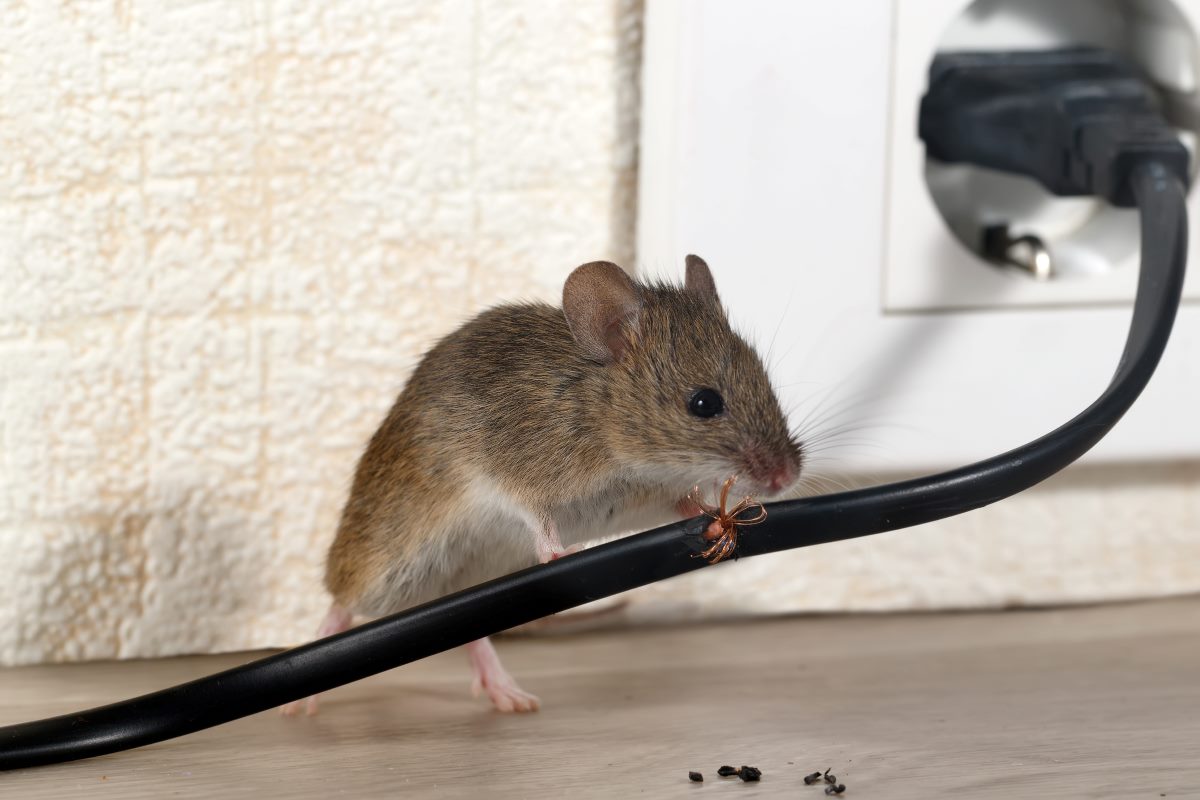AI Rodent Protection in Food Warehouses: Steps to Safeguard
Share
In today's rapidly advancing technological era, the application of AI rodent protection in food warehouses is transforming how businesses maintain hygiene and ensure safety. By incorporating cutting-edge technologies, food warehouses are addressing long-standing challenges posed by rodents, notorious for threatening food safety and causing significant financial losses.

The Rising Need for AI in Rodent Control
The use of AI rodent protection in food warehouses is becoming increasingly essential. With the expansion of global supply chains and increased food distribution demands, maintaining strict hygiene in warehouses is critical. Rodents, being opportunistic feeders, find their way into food storage facilities, causing contamination and structural damage.
Traditional methods of rodent control often fall short due to various limitations. Conventional traps and rodenticides present risks of chemical exposure or ineffective results. Instead, integrating AI technology offers a proactive and precise approach to identifying and mitigating rodent threats.
How AI Technology is Reshaping Pest Management
The integration of AI in pest management has introduced revolutionary changes. This intelligent technology enables warehouses to monitor, detect, and respond to rodent activities in real-time. AI-driven systems use sensors and cameras to track rodent movements, analyze patterns, and predict potential entry points.
Additionally, AI systems can automate the deployment of control measures, such as ultrasonic repellents or automated traps, thereby reducing human intervention and enhancing efficiency. As a proactive measure, AI technology not only addresses immediate threats but also prevents future infestations by identifying vulnerable areas.
Benefits of Employing AI in Food Warehouses
The primary advantage of utilizing AI rodent protection in food warehouses is the significant improvement in safety and hygiene. By continuously monitoring the environment, AI systems ensure that the warehouse remains free from contaminants, protecting both the stored products and the consumers.
This technology also contributes to cost savings. Early detection of rodent activity prevents extensive damage, which could lead to costly repairs and product losses. Moreover, AI systems require minimal maintenance compared to traditional methods, leading to long-term financial benefits.
Implementing AI Solutions: A Step-by-Step Guide
The transition to AI systems for rodent control involves a systematic approach. Begin by assessing the specific requirements of your warehouse. Consider factors such as the size of the facility, the types of products stored, and existing rodent control measures.
Next, choose an appropriate AI solution tailored to your needs. Collaborate with technology providers who specialize in pest management to understand the best practices and features suitable for your warehouse. For more details on AI-based pest management strategies, check out this [comprehensive guide](https://trapx.io/blogs/news/innovative-pest-management-a-comprehensive-guide).
Installation and integration should be managed with trained professionals to ensure seamless operation. Regular maintenance and updates will keep the AI system functioning optimally, adapting to evolving challenges.
Challenges and Considerations
While the benefits of implementing AI in rodent control are substantial, it is essential to consider certain challenges. Initial setup and installation may require a significant investment, which might not be feasible for smaller warehouses. However, the long-term savings and enhanced protection often justify the initial expenditure.
Moreover, incorporating AI technology demands ongoing oversight and adaptation. Technology providers typically offer support to ensure that systems remain updated and functional. For further insights into the role of technology in pest management, explore [pest control technology in the food industry](https://mccloudservices.com/pest-control-technology-food-industry/).
The Future of Food Safety with AI
The future of food safety undoubtedly lies in the integration of advanced technologies like AI. As AI continues to evolve, its applications will become more refined, offering smarter and more efficient solutions for warehouses. Looking ahead, businesses that adopt AI technology will lead the industry in maintaining quality standards and consumer trust. For more inspiration on innovative approaches to pest management, you can explore [warehouse smart pest management](https://trapx.io/blogs/news/warehouse-smart-pest-management).
Conclusion
Embracing AI rodent protection in food warehouses represents a significant advancement in ensuring safety and efficiency. By leveraging technology, warehouses can proactively combat rodent threats, safeguard their inventory, and maintain the highest standards of hygiene. As AI continues to evolve, its role in food safety will only become more critical, paving the way for a healthier, cleaner future.

FAQ
Q1: Why is AI preferred over traditional rodent control methods?
A1: AI offers automated, real-time monitoring and response capabilities, reducing the need for manual intervention and enhancing effectiveness.
Q2: What are the cost implications of implementing AI systems?
A2: While initial setup costs can be high, the long-term savings from reduced contamination, damage, and maintenance outweigh initial investments.
Q3: How does AI improve food safety in warehouses?
A3: AI continuously monitors and detects rodent activity, preventing contamination of stored products and maintaining high hygiene standards.
This article contains affiliate links. We may earn a commission at no extra cost to you.
